The Dangers of Ro-Ro Ship Design: A Naval Architect’s Perspective
There is something about Ro-Ro ships that make them completely different from other types of ships. But we will come to it a bit later, after knowing the broad categorization of ship types by IMO according to freeboard and subdivision.
IMO has classified ships into Class A and Class B.
The Class A ships are those which have lesser sea openings and better protected from the sea, also because of stringent subdivision restrictions. But Class B ships are those which have higher freeboard and are directed by less stringent subdivision rules.
Now, RORO ships are of Class B, but what yet sets them different is that they have a completely open vehicle deck extending right from the fore to aft, without any transverse subdivision bulkheads in between.
The reason behind this is very simple, yet unavoidable- to make access of cars (and other vehicles) possible from the forward to aft ends of the ship.
Let’s take a look at some of the main concerns regarding Ro-Ro ships:
No Subdivision Bulkheads
The problem with not having transverse subdivision bulkheads is actually an adverse one, given the circumstances. Transverse bulkheads are basically incorporated to maintain the damaged stability or water-tight integrity of the ship, in case of flooding of any of the compartments. Simple, that two consequent bulkheads shall limit the water flooding within themselves, and thus help the ship being stable even in case of some damage.
But here’s what happens if water enters a RoRo ship- The flooding starts progressing. How? Consider than there has been a damage in any part of the ship, due to which, water starts flooding in it. Since the only restrictions are the aft and bow doors, the water actually starts progressing along the entire length of the ship. Sounds bad, but is actually worse. Why? Read on.
Risk of Progressive Flooding
Due to absence of subdivisional bulkheads, the water progresses along the length of the ship. This not only causes the ship to lose its inherent buoyancy, but adversely affects its stability because of increasing free surface effect. In case of a single compartment damage, as in case of any other ships, the free surface created by one or two compartments is lower than what is created in an entire Ro-Ro ship, as the free surface area in this case is much more, due to the absence of transverse bulkheads. As a result, the ship loses its stability more rapidly that we generally expect it to do so. However, even in case the ship is not damaged, a Ro-Ro ships always stands at a higher risk of reduced stability.
Read: 8 Reasons That Make Ro-Ro Ships Unsafe to Work On
Problem of Maintaining Stability
Every Ro-Ro ship, being a Class B type, has considerable freeboard, which means it operates at a low draft. These ships are also featured with multi-tier decks for accommodation of cars, trailers and trains, therefore requiring higher overhead clearance. Due to this, the depth of these ships is very high, owing to a high depth to draft ratio.
Cargo is stowed up to the top-most deck, resulting in the rise in the accommodation deck. As a result of the increased depth to draft ratio, such ships are very sensitive to heeling moments, and a heeling moment cannot only be created by wind gusts or waves, but also internal cargo shifting. Thus, cargo latching and locking systems must be regularly checked and ensured so as to prevent cargo shifts during voyages.
Also, heeling moments in lightship condition are prevented by incorporating heeling tanks at port and starboard sides. There have been many accidents of Ro-Ro ships which have caused due to rapid heeling moments, giving the crew very less time for proper evacuation.
The disasters of MV Sewol (Korea, 2014) and MS Express Samina (2000) were basically due to the above explained theory. These ships being Ro-PAX had cost lives more than that of just the crew.
Ro-Ro are Stiff Ships
Though this is a lot related to stability, but it’s interesting to discuss it separately. The steel structure of Ro-Ro ships is designed to have a very low centre of gravity, as cargo is loaded up to the top most deck, this would offset the rise in centre of gravity. But due to the risk of rapid heeling, the overall centre of gravity of Ro-Ro ships are kept considerably low. Though this is stable, it laces a problem with itself. A reduced Centre of Gravity (CG) will always tend to decrease the rolling period of the ship. So if you’re sailing on the ship itself, you’ll feel that the ship is rolling too fast. It is true, that once it rolls, it will come back to its upright position rapidly (which means it is quite stable), but the rapid motions will cause you motion sickness. We call such ships to be stiff. This may also cause high stresses on the cargo lashing systems.
Problem of Cargo Doors
Other than doors on the port and starboard sides, Ro-Ro ships also have aft or bow doors with ramps, for heavier cargo to be loaded from the port. Both these door types have had their individual kind of problems as discussed further:
- Stern Cargo Door:
Stern cargo doors are generally very close to the waterline of the ship. There have been cases, when the stern door was not locked properly (which is basically a human error, since improper locks are notified by the ship’s systems). Guess what could have happened next? As the ship moved into the sea, the improperly locked stern door served as the source of water ingress. Though, this is a human error, several efforts to alter the design of these doors have been made, but it is nearly impossible to place such doors high above the waterline, as that would not be feasible for easy cargo loading when the ship extends her ramps onto the port.
- Bow Door:
Many Ro-Ro ships have bow doors, i.e. the bow of the ship is itself a hydraulically hinged structure which acts as a door, from which a ramp extends out for cargo flow in and out of the ship. One of the worst maritime accidents has occurred due to the failure of this very system- on board MV Estonia in 1994.
Let’s look at it this way. The bow of the ship is vulnerable to the waves as the ship surges. Since this goes on continuously since the ship has set sail, the material on the bow of the ship experiences fatigue. In case of MV Estonia, the bow door mechanism had undergone fatigue (which should have been replaced during surveys) and ultimately, it gave away. The bow door separated from the ship’s hull, ultimately leading in progressive downflooding, which resulted in sinking. But even then, the inherent problem of “rapid heeling” existed, and as a result the time available for evacuation was insufficient.
Location of Lifeboats
This is a matter of concern, especially for Ro-Ro Passenger ships. As we’ve known that Ro-Ro ships inherently have a considerably high freeboard, it is important to note the risk attached to it. In case of rapid sinking, there have been cases when the lifeboats could not be successfully deployed from the embarkation deck due to its height from the waterline. It is due to this risk, recent Ro-PAX ships are also equipped with inflatable chutes, which help the passengers to slide down from the embarkation deck, in case the deployment of lifeboats are impossible.
So isn’t it interesting to note a paradox in the entire topic? Most of these risks are actually not related to a fault in design, yet they demand changes in the current designs. Ship designers are yet to find design solutions to all the above risks, especially the problem with maintaining the stability of these ships, without hampering the ease of operation and function ability of the vessel. In important inclusion in the design of the decks is the improvement of drainage systems on car decks.
In some cases, the crew was not fluent with a uniform language of communication, which resulted in miscommunication during evacuation processes. Such factors have been made compulsory by SOLAS amendments. Recent efforts have ensured installation of automatic/computerized crisis management systems on board, which helps the crew decide the steps to be followed in case of any threat to the survivability of the ship.
The industry is currently focussed a lot on improving the propulsion systems used by these ships. However, given the number of disasters related to Ro-Ro ships in the past, it is necessary that more efforts must go into improving their designs so as to eradicate the factors which pose threat to the safety of these ships.
Over to you..
Have you worked on Ro-Ro Ships? What according to you are the biggest issues related to these ships?
Let’s know in the comments below.
Do you have info to share with us ? Suggest a correction
Latest Naval Arch Articles You Would Like:
Subscribe To Our Newsletters
By subscribing, you agree to our Privacy Policy and may receive occasional deal communications; you can unsubscribe anytime.
Web Stories



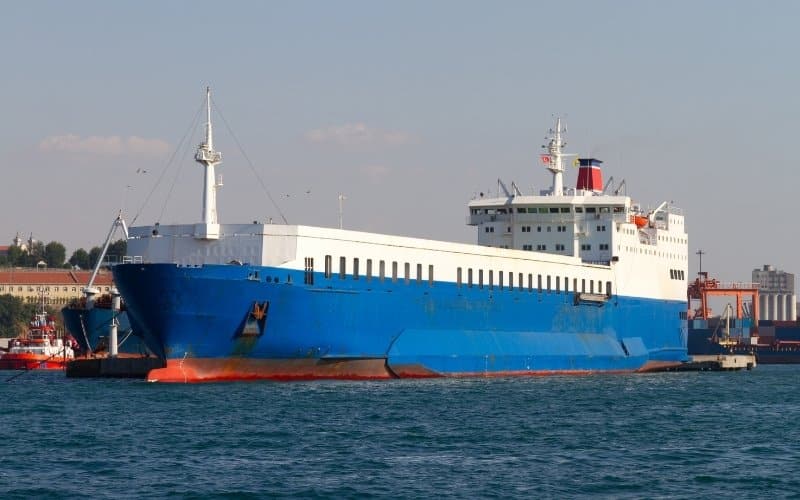
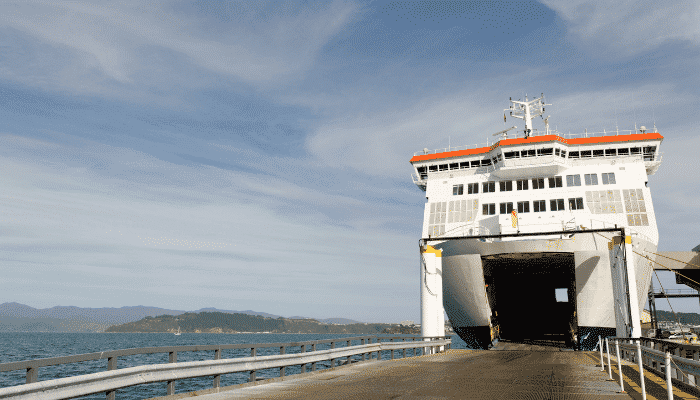
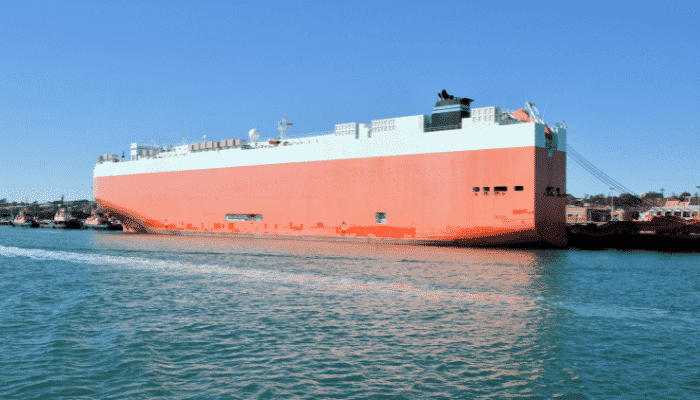






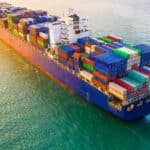
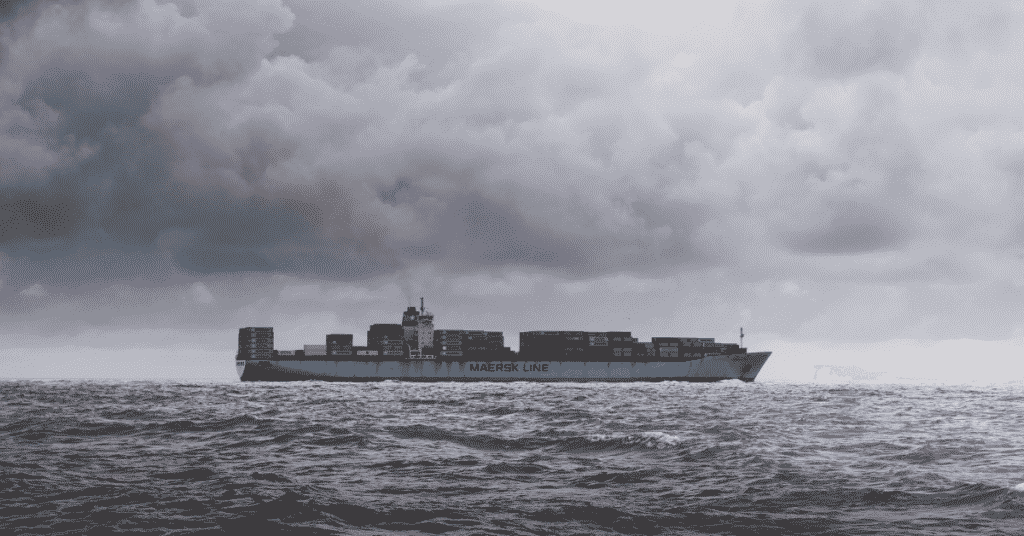
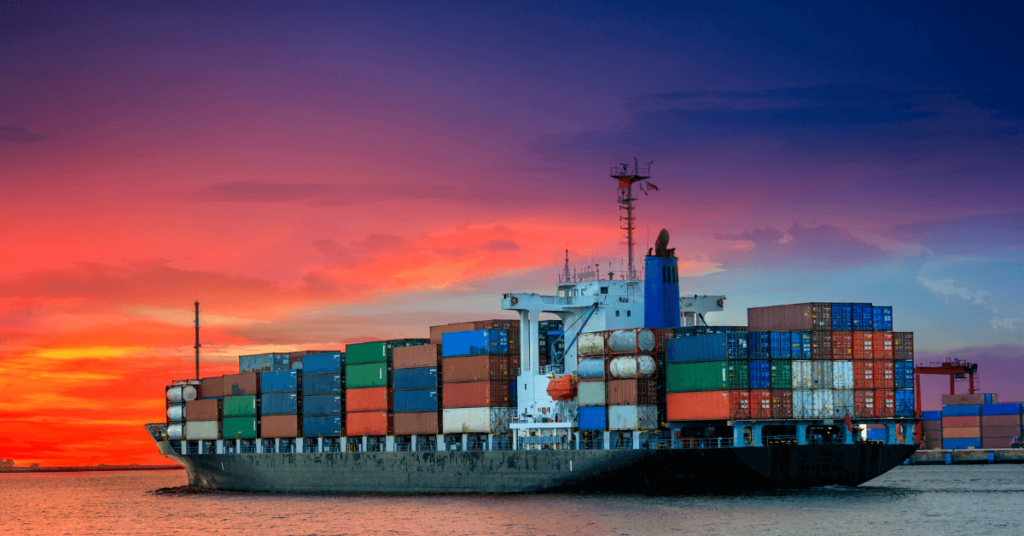
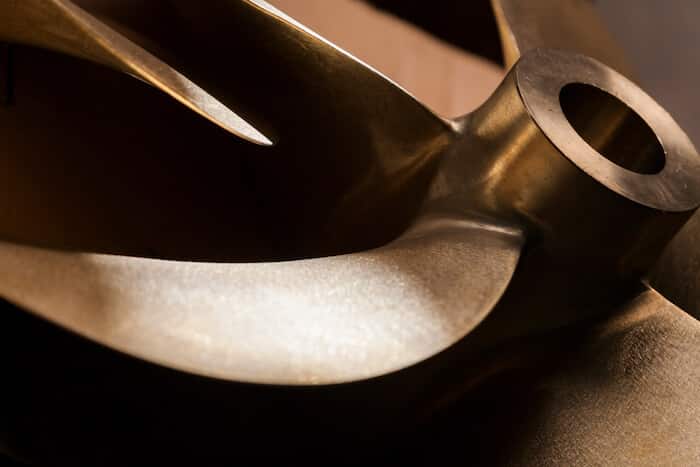
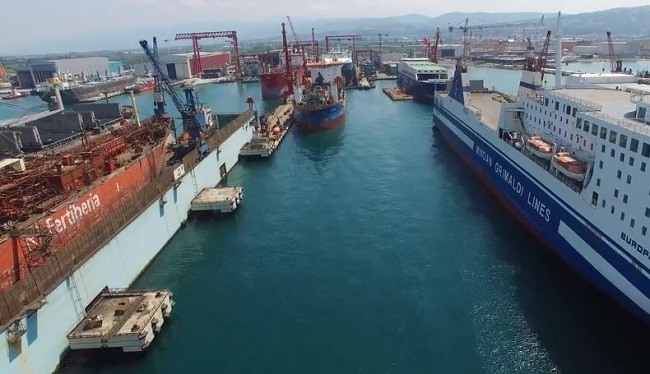
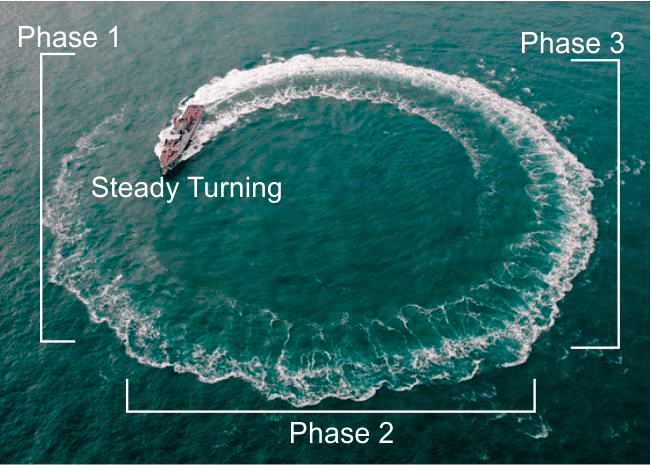
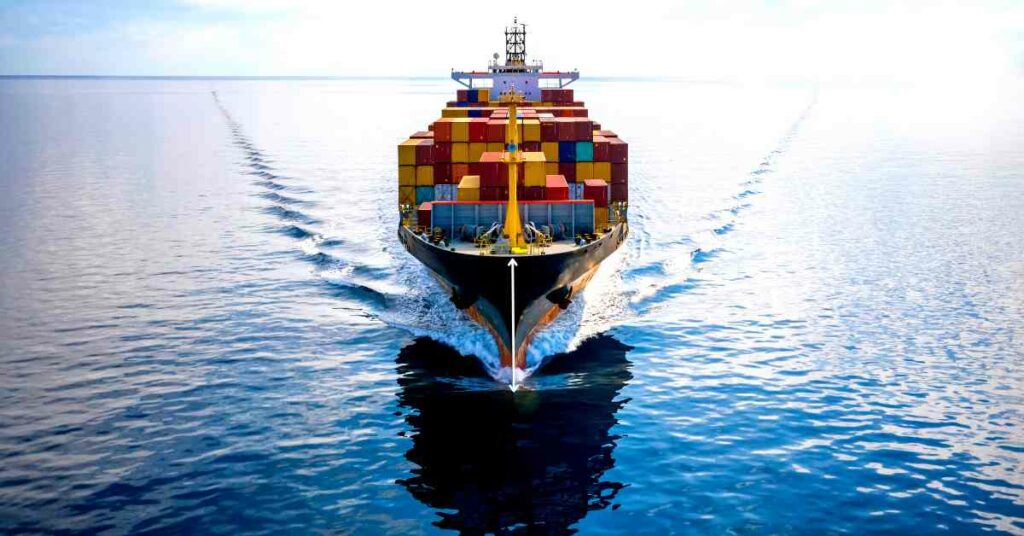





Ffb lifeboats are located, in most cases, at the stern, while the accommodation is fwd. In case of emergency too much time is lost, as the lsa capacity forward cannot be deployed at the same speed. Launching by davit is something there may not be time for.
As a former shipyard-worker I know about the problems with RO-RO types of boats. Even some passenger-boats with car-transports have the same features as mentioned above.
The Estonia catastrophe and the Polish ferry Jan H which both went down in the small east-see between the Scandinavians, the Baltic and Polish countries are a terrible proof of this.
One of the first RO-RO built in Kockums shipyard in South Sweden – The Zenobia – went up side down outside Nicosia, Cyprus 1979 although it had a Load Master system. A lot of divided ballast tanks along the ship are used by the Load Master computer.
Nowadays huge anti-healing pumps is used on RO-RO and on passenger-ships which make them more stable.
in the late 1980´s the ships were tested by a 18% leaning-test and the lifeboats should then the come down properly.
First, the new types of ro-ro ships have double doors after the sinking of Estonia and secondly at that accident,the free surfaces that created from the flooding of water(except from deck,also engine room) the heeling arm got bigger during these harsh waves and the try of the captain to get back to the port,turning the ship back.
The latest incident with the fire in Norman Atlantic had at least one casualty when abandoning ship with inflatable chute in extremely adverse weather.
want to know about k type ferry
Shifting cargo on a roro is also a big risk. The ventilator closures should probably be very robust to maintain weather or water tight. Pumping arrangements also need to be robust and have high efficiency.
The solution is actually a simple one. You create “no parking” slots that accept roll up/roll down shutter style. transverse bulkheads. You retract them into the overhead for in port operations, and secure them down for sea..
Ro Ro ships have transverse bulk heads ,for all lower decks.from plimsol line to the bottom..which is called water tight doors,which can be opened while cargo ops,and closed before sailing
well explained. But could you please explain how all these stability problems are compensated for ? how are they able to comply with all the regulations in place ? and what is special about the construction of these PCC vessels that comply with the regulation.Kindly reply. Thanks and best regards.
Having worked on this problem, and attempting to have it promulgated, sailing these vessels in following seas exacerbates stability shortcomings with significant consequences. Not enough has been done the educate Masters of the need to be careful about course selection in following seas
MV Estonia did now have a bow door, she had a bow visor. Nowadays, the majority of ships are built with bow doors which have a higher resistance to sea loads.
It seems to me that there are far too many ro-ro accidents, from the Estonia ship
to the latest ship, the Golden Ray. These ships MUST be redesigned. How can insurance companies still insure these? Ship architects should be sued for professional malpractice in the event of a disaster.